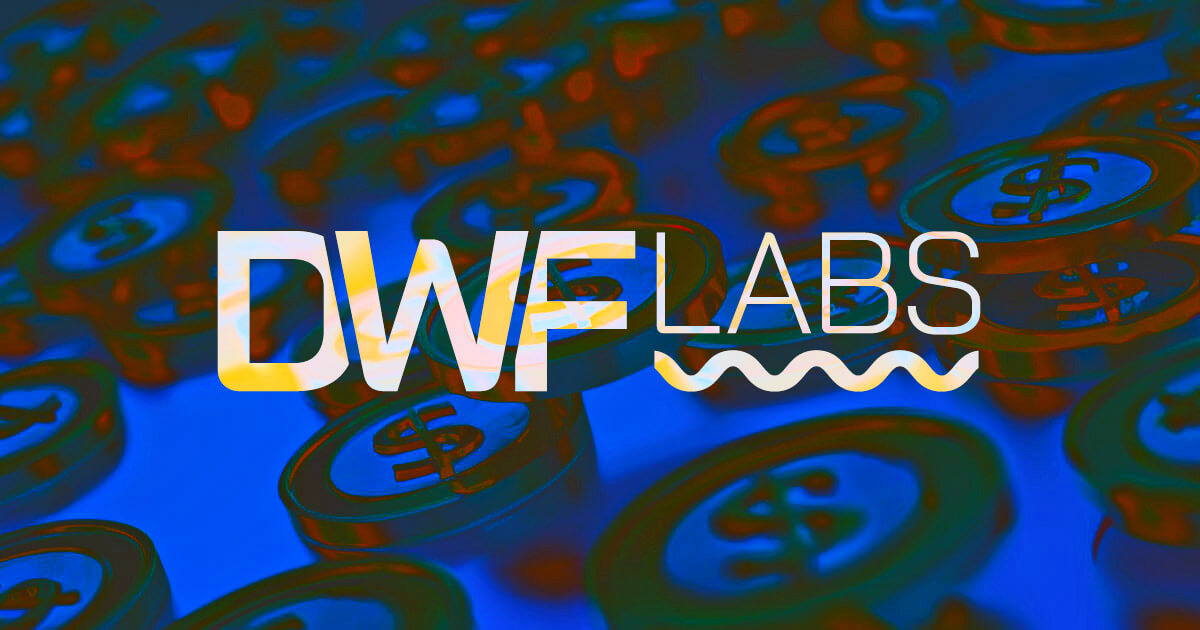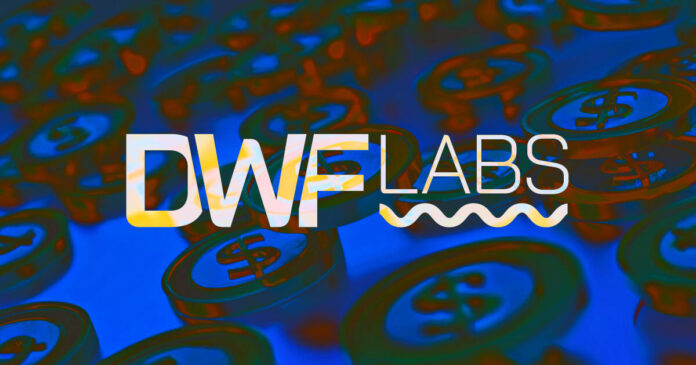
Distinguished crypto market maker DWF Labs has accomplished the design of its artificial stablecoin, which might be backed by a mix of digital property, together with Bitcoin and Ethereum.
In a September 5 put up on X (previously Twitter), DWF Labs co-founder Andrei Grachev revealed that the artificial stablecoin might be re-collateralized and backed by fiat stablecoins similar to Tether's USDT, Circle's USDC, and unnamed choose altcoins.
He added that every asset will provide completely different APYs to encourage group adoption.
Grachev predicted that the asset would create large liquidity out there. He mentioned:
“Let's think about if solely a part of FDV altcoins is a liquid steady once more > folks would commerce like loopy, another probability to get alpha or a brand new gem.”
The announcement comes greater than a month after DWF Labs revealed plans to enter the rising stablecoin market. On the time, Grachev talked about that the digital asset will permit customers to get enticing returns with out sacrificing flexibility.
Whereas the main points of how DWF Labs' stablecoin will preserve parity with the US greenback stay unclear, its launch might increase the fast-growing stablecoin sector.
Stablecoins have grow to be one of many few crypto merchandise with constant real-world purposes. Their stability permits merchants to keep away from extra unstable digital property and provides cryptocurrency customers in rising markets entry to US {dollars}.
USDe decline
As DWF Labs prepares its artificial stablecoin, Athena's USDe, the “artificial greenback,” faces a big drop in provide.
Earlier this 12 months, USDe was among the many quickest rising stablecoins, attracting traders with its revolutionary mechanisms and excessive yield potential.
Nonetheless, its progress has slowed over the previous two months, with its market cap falling by practically $1 billion to $2.69 billion from $3.61 billion on July 4, based on fromcrypto information.
Market watchers attribute USDe's challenges to rising competitors within the revenue-generating stablecoin sector. For instance, PayPal's PYUSD gained traction on Solana due to excessive incentives throughout varied DeFi protocols that supply double-digit returns to traders.
However, Athena's once-high APY has fallen to simply 4.3%, resulting in heavy shopping for by crypto traders in search of increased yields.
